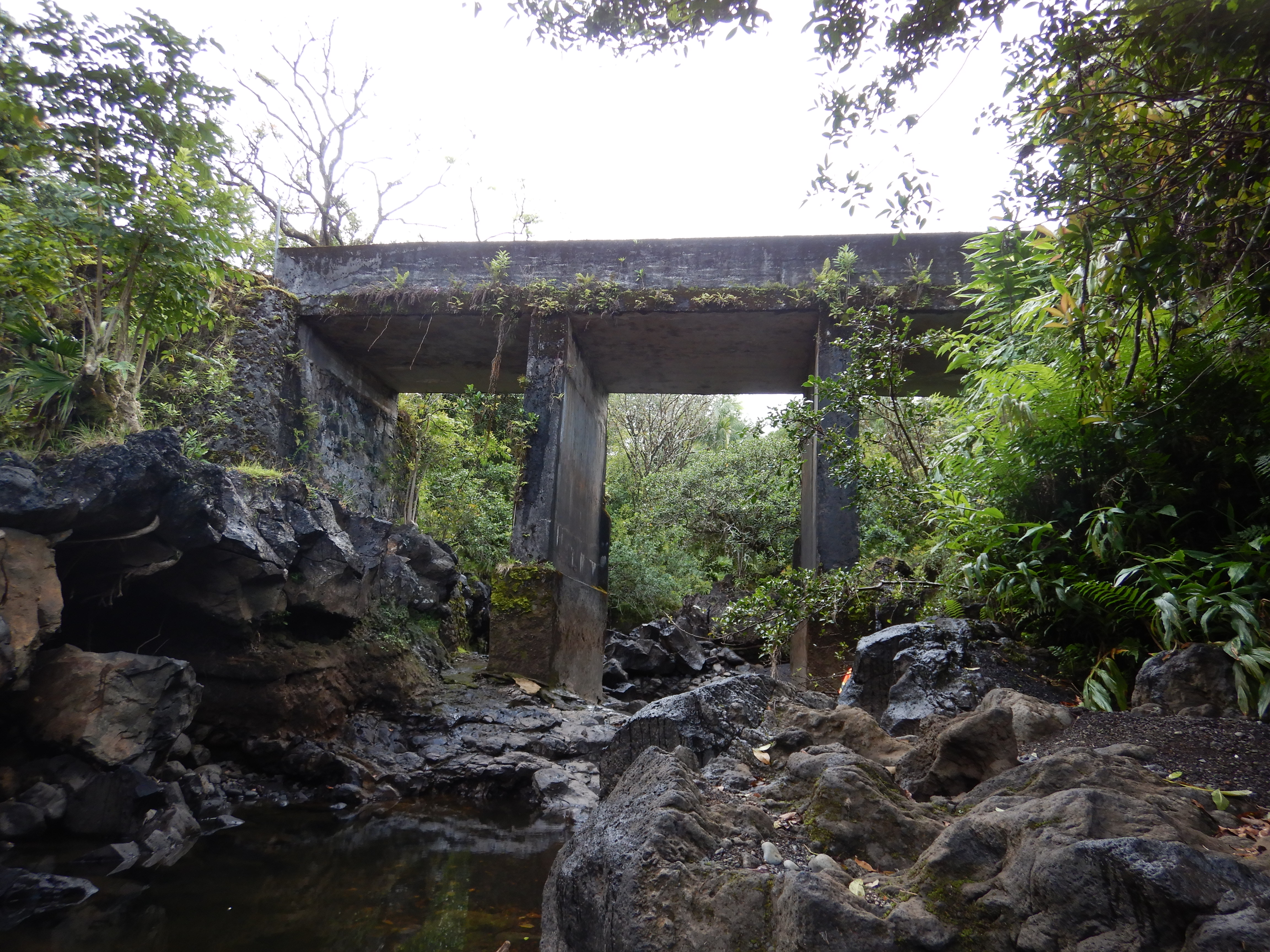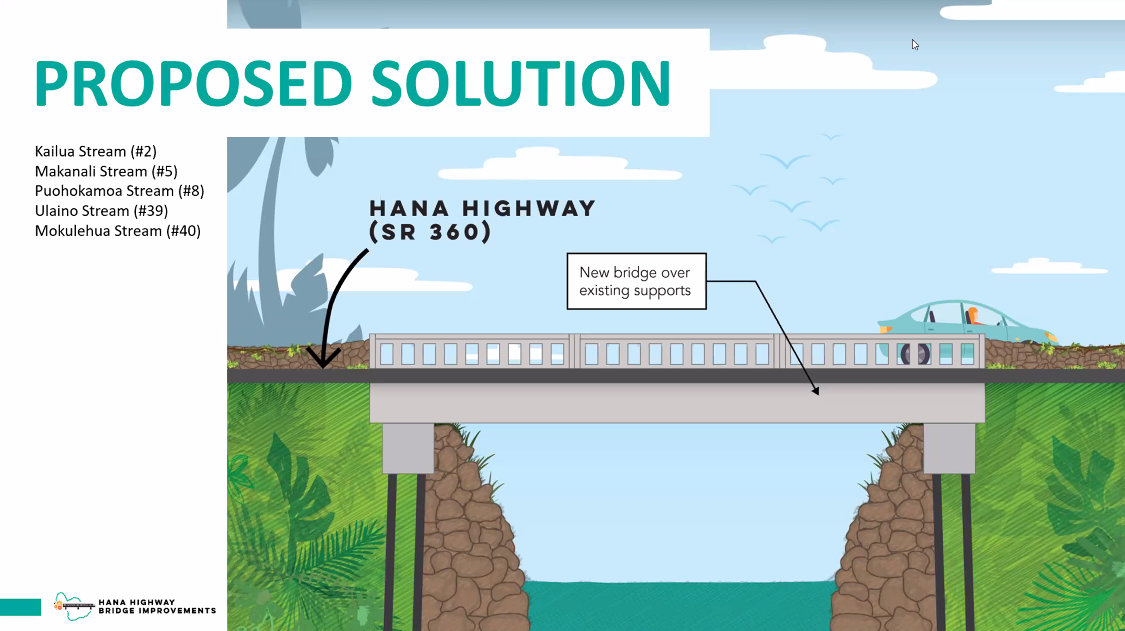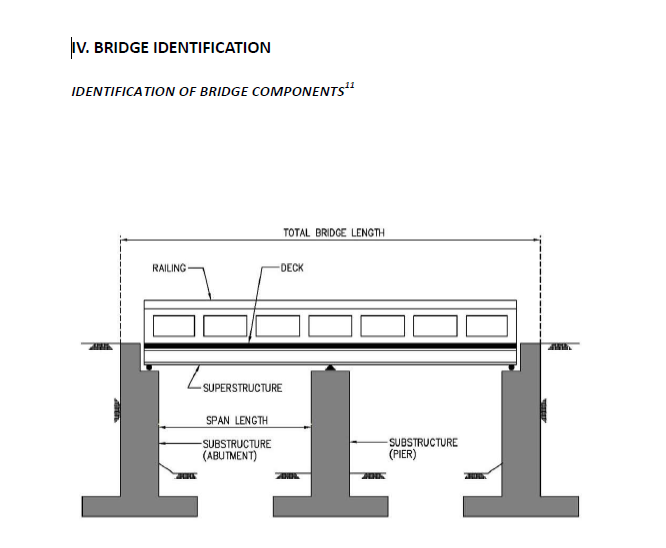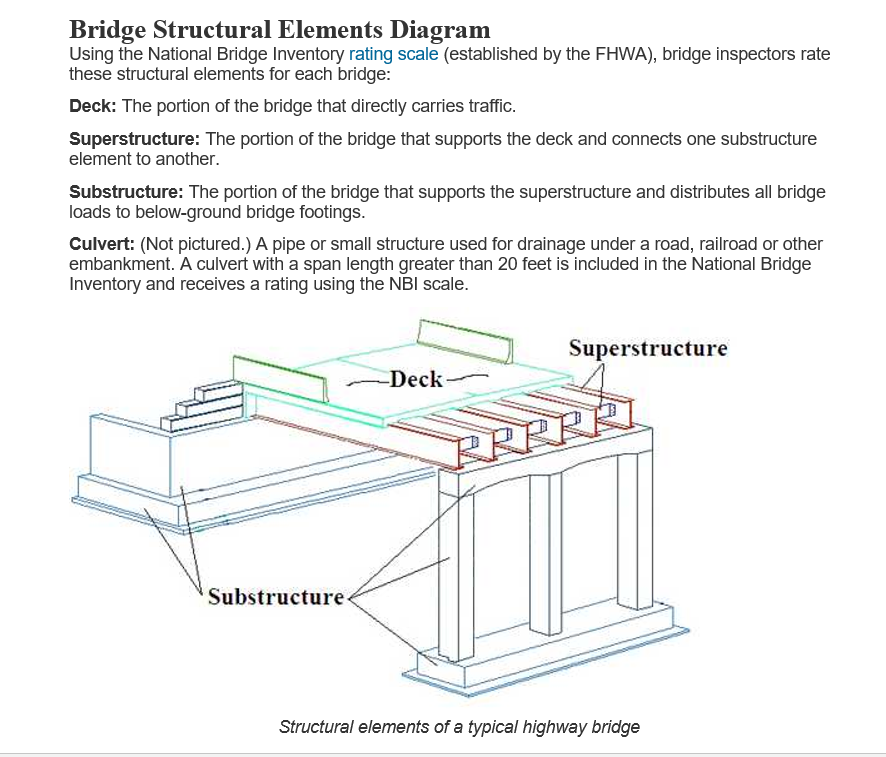- Mokulehua Bridge (left) and Kailua Bridge (right)
- Images courtesy HDOT
Historic Hawai‘i Foundation is serving as a consulting party to the Hāna Highway Bridge Improvements project led by the Federal Highway Administration (FHWA) and the Hawai‘i Department of Transportation (HDOT). The project is evaluating six bridges along the Hana Highway (State Route 360) for potential improvement. The highway, a critical transportation link, connects East Maui communities with the rest of the island. It is also one of the most spectacular sections of roadway in its natural scenery, dramatic hairpin turns, and historic character. Below, Historic Hawai‘i Foundation provides a description of the project and an update as of September 2021.
February 2020 Project Overview
The oldest bridge on Maui, Mokulehua Bridge along the Hāna Highway (photo above left), is one of six historic bridges being considered for “improvements” by the Federal Highway Administration (FHWA). The planning effort includes evaluating a range of alternatives, from repair and rehabilitation of the existing structures to demolition and replacement using new design and materials.
Hāna Highway, Route 360, is part of the Hāna Belt Road Historic District, listed on the Hawai‘i and National Registers of Historic Places for its historic road, bridges and culverts. The Hāna Belt Road is historically significant for engineering, transportation, commerce and social history. The construction of bridges and a road to Hāna between 1900 and 1947 was a major engineering achievement across precipitous mountainsides and through the wilderness of East Maui. Fifty-nine bridges built between 1908 and 1947 remain along the route. The completion of an automobile route to Hāna in 1926 ended that community’s isolation from the rest of Maui. The road opened East Maui to settlement, agriculture and tourism. The Hāna Belt Road is the best remaining intact example of the old belt road system in Hawai‘i.
The project would affect six bridges, all of which are contributing to the historic district and three of which were rated as “exceptional” for their historic significance. The affected bridges are:
- Mokulehua (1908), exceptional
- Puohokamoa (1912), exceptional
- Ulaino (1914), contributing
- Kopiliula (1926), exceptional
- Makanali (1928), contributing
- Kailua (1929), contributing (photo above right)
HHF submitted formal comments to FHWA conveying its strong position that the project design needs to be based on the treatment recommendations from the HDOT’s Hāna Bridges Preservation Plan (adopted 2015) and the Secretary of the Interior’s Standards for the Treatment of Historic Properties for all historic resources. In particular, HHF expects that the contributing structures within the Hāna Belt Road Historic District will be high priorities for preservation, retention and appropriately-designed structural improvements for safety and longevity. HHF was a consulting party to HDOT in developing the preservation plan and expects that its treatments will be carried through to all subsequent projects within the district. The planning effort included stakeholders from the affected communities, historic preservation interests, subject matter experts and technical guidance to strike an appropriate balance between needs for the use and enjoyment of the historic highway.
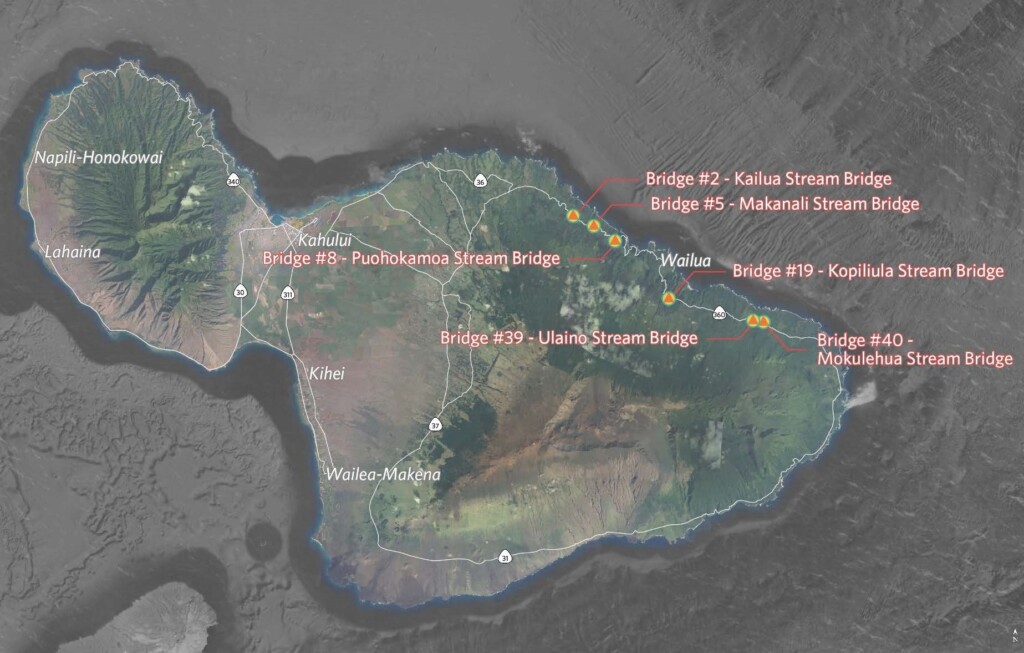
The six bridges identified for improvements image courtesy FHWA
2021 UPDATE
In September, FHWA provided an overview of the proposed solutions for the six bridges during two public meetings and in a separate historic preservation consultation meeting with HHF’s preservation architect and executive director.
The bridge engineers propose preserving and retaining Kopiliula (#19) in place by constructing a parallel roadway and new bridge to carry traffic. The other five bridges—Kailua (#2), Makanali Stream (#5), Puohokamoa Stream (#8), Ulaino Stream (#39) and Mokulehua Stream (#40)—would all be partially rehabilitated and partially replaced. The design team has focused on retaining as much of the historic abutments, piers and substructure as possible. They plan to use innovative construction techniques to build new abutments behind the existing ones, leaving the historic features in place as a facing. However, this means the girders and deck will become longer to reach the new abutments.
HHF’s team provided input on the details related to the railings, approaches, cross-section and other details affecting the feeling, design, workmanship, materials and association.
FHWA and HDOT will continue to consult on the historic preservation aspects of the project with HHF and also provide opportunities for public input on the historic, cultural, natural and community effects from both construction and the ultimate design for the project.
To learn more and to sign up to receive updates on the project, please visit: https://www.hanabridgeimprovements.com.
- This graphic illustrates the proposed solution for five of the bridges. Courtesy HDOT
- Bridge Identification Components courtesy HDOT
- Click on the image to download The Hana Belt Road Historic District Preservation Plan
- Structural elements of highway bridges


